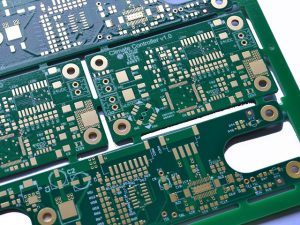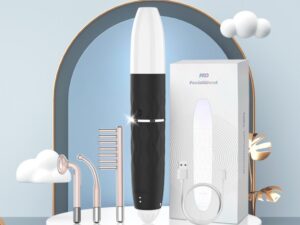
Tesla owners know that one of the most important things to keep their electric vehicle running is to have the right charging cable. Without the right cable, your Tesla won’t be able to charge properly, which can lead to all kinds of issues down the line. In this blog post, we’ll take a look at the different types of Tesla chargers and cables available, as well as how to choose the right cable for your needs.
Types of Tesla Chargers
Before we dive into the different types of cables available for Tesla charging, it’s important to understand the different types of Tesla chargers. There are three main types of Tesla chargers:
Tesla Wall Connector
The Tesla Wall Connector is a hardwired charging station that can charge your Tesla up to 44 miles of range per hour. It can be installed indoors or outdoors and requires professional installation.
Mobile Connector
The Mobile Connector is a portable charging solution that comes standard with every Tesla vehicle. It can charge your Tesla at up to 30 miles of range per hour and can be used with a variety of outlets, including a standard 120-volt household outlet or a 240-volt outlet.
Supercharger
The Tesla Supercharger is a high-speed charging station that can charge your Tesla up to 170 miles of range in just 30 minutes. Superchargers are located along major highways and in urban areas and are designed for long-distance travel.
Types of Cables for Tesla Charging
Now that we’ve covered the different types of Tesla chargers, let’s take a look at the different types of cables available for Tesla charging.
Tesla-provided Charging Cables
Tesla provides a few different types of charging cables with their vehicles. These cables include:
- Mobile Connector Cable: This cable comes standard with every Tesla vehicle and can be used with a variety of outlets.
- Wall Connector Cable: This cable comes with the Tesla Wall Connector and is used to connect the Wall Connector to your Tesla.
- Supercharger Cable: This cable is used to connect your Tesla to a Tesla Supercharger.
Third-party Charging Cables
In addition to Tesla-provided charging cables, there are also third-party charging cables available. These cables are often less expensive than Tesla’s cables and can offer different features or capabilities. However, it’s important to choose a high-quality third-party cable to ensure safety and compatibility with your Tesla.
Choosing the Right Cable
Choosing the right cable for your Tesla charging needs depends on a few different factors. Here are some things to consider when choosing a cable:
Amperage
The amperage of your charging cable determines how quickly your Tesla can charge. A higher amperage cable can charge your Tesla more quickly, but may require a higher-powered outlet or charging station. Be sure to check your Tesla’s maximum charging amperage before choosing a cable.
Length
The length of your charging cable will determine how far away your Tesla can be from the charging station or outlet. Consider where you’ll be charging your Tesla and how far away the charging station or outlet is when choosing a cable length.
Durability
A charging cable that is durable and built to last will save you money in the long run. Look for cables that are made with high-quality materials and are designed to withstand wear and tear.
Price
Tesla-provided charging cables can be expensive, so it’s worth considering third-party cables as a more affordable option. However, be sure to choose a reputable brand and avoid buying cheap, low-quality cables.
Recommended Cables for Each Type of Tesla Charger
Here are some recommended cables for each type of Tesla charger:
Tesla Wall Connector
- Tesla-provided Wall Connector Cable
- Tesla’s 24-foot high-amperage cable
Mobile Connector
- Tesla-provided Mobile Connector Cable
- Third-party 240-volt charging cable with a higher amperage for faster charging
Supercharger
- Tesla-provided Supercharger Cable
It’s important to note that using a damaged or low-quality cable can be dangerous and can damage your Tesla’s charging system. Be sure to inspect your charging cables regularly for signs of wear and tear and replace any damaged cables immediately.
Conclusion
Choosing the right charging cable for your Tesla is essential to keep your electric vehicle running smoothly. Whether you’re using a Tesla-provided cable or a third-party cable, be sure to consider factors like amperage, length, durability, and price when making your decision. Following these guidelines and safety precautions will help ensure that your Tesla charging experience is reliable and hassle-free. Happy charging!




